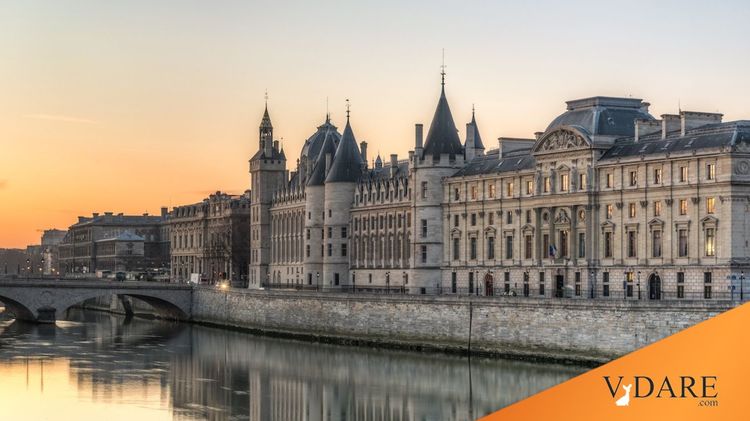
10/16/2022
One of the great conservative cultural reforms of the 20th century was the 1961 initiative by Charles de Gaulle’s culture minister, novelist-adventurer André Malraux, to scrub the soot off the grand old buildings of Paris. It’s hard to remember now how dark and depressing the smoke of urban coal fires over the centuries had made ornate old architecture.
From the New Yorker in 1962:
LETTER FROM PARIS
By Janet FlannerThe New Yorker, October 13, 1962 P. 194
The cleaning of the major historic buildings radiating from the Louvre, which began in June, 1961, as a five-year program, by Andre Malraux, State Minister of Cultural Affairs, is now well along its course. The result is superb and at last popular even with the ordinary public. Cleanliness has restored the architectural youth of these majestic piles, and one sees them in their original fresh, pale 16th or 17th-century grandeur. Among the buildings which have been cleaned is the Cour Carree, the inner court of the Louvre; the Madeleine, the Palais-Bourbon, or Parliament; Mazarin’s Institut; Louis XIV’s Invalides, the Palais-Royal garden walls. Whether Notre Dame will be cleaned remains for the ecclesiastics to decide, it being church property. The price of cleaning is high: nine New Francs, or $1.80, a square metre for plain soap, water, and scrubbing — brush treatment, and at least thirteen New Francs for cleaning by detergents, which kill the stone disease.
I suspect Malraux’s project, more than anything else, was the tipping point that began to save much of the world’s great old architecture from being torn down and replaced with dull modernist clean, lean, and mean skyscrapers made out of steel and glass. Paris showed there was an alternative.
This is a content archive of VDARE.com, which Letitia James forced off of the Internet using lawfare.